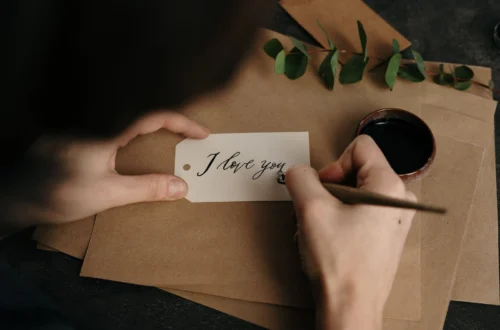
Egyptian protection spell
Ancient Egypt, a civilization rich in mysticism, spirituality, and symbolism, held a profound belief in the power of magic as a means to protect against both the seen and unseen forces that could threaten an individual’s well-being. In this article, we will explore the captivating world of Egyptian magic for protection, delving into the practices, rituals, and beliefs that were employed to safeguard lives and possessions in the land of the Pharaohs.
The Spiritual Significance of Protection:
In ancient Egypt, protection was not solely a physical or material concern. It was deeply rooted in their spiritual and cosmological beliefs, particularly their reverence for Ma’at. Ma’at, the principle of balance, order, and cosmic harmony, guided every aspect of Egyptian life. Protection was viewed as essential in maintaining this balance, ensuring that chaos and disorder did not disrupt the cosmic order.
Types of Protection in Ancient Egypt:
The need for protection was multifaceted, extending to various aspects of life:
- Physical Protection: This involved safeguarding against illness, accidents, and physical harm.
- Magical Protection: Magic was employed to ward off malevolent spirits, curses, and other supernatural threats.
- Protection of Possessions: Protection of material possessions, such as homes, valuables, and crops, was crucial to maintaining a prosperous and balanced life.
- Spiritual Protection: Protection was also sought for the soul in the afterlife, ensuring a safe journey to the realm of the dead.
Magical Practices for Protection:
Egyptian magic for protection encompassed a variety of rituals, spells, amulets, and charms designed to keep both the living and the deceased safe from harm. These practices were laden with symbolism and spiritual significance, reflecting the ancient Egyptians’ deep connection between the mystical and the everyday aspects of life.
1. Protective Amulets:
Amulets were fundamental tools for personal protection. These small objects, often made of various materials such as stone, metal, or faience, were inscribed with symbols, spells, or the names of deities. Some of the most renowned protective amulets included the Eye of Horus, the Ankh, and the Scarab Beetle. They were believed to channel protective energies and ward off malevolent forces.
2. Ritual Cleansing:
Ritual purification and cleansing, often performed with water, natron, or incense, were used to purify the body and spirit. By purging impurities, individuals sought to strengthen their spiritual defenses against malevolent entities.
3. Protective Deities:
Certain deities were invoked for protection. Hathor, the goddess of love and beauty, was often called upon to shield individuals from harm. The lion-headed goddess Sekhmet was associated with protective and healing powers, while the god Bes, with his jovial demeanor, protected households and families from evil spirits.
4. Rituals and Spells:
Protection rituals and spells were used to create an environment of spiritual defense. The recitation of incantations, the lighting of candles, and the use of specific gestures were employed to ward off malevolent entities. Spells often invoked the protection of specific deities or contained magical formulas to repel negative forces.
5. Protective Statues and Symbols:
Carvings and statues of protective deities, such as Bes or Taweret, were placed in homes to guard against negative influences. Symbols like the Wedjat (the Eye of Horus) were inscribed on buildings and objects to provide protection.
Protection in the Afterlife:
The ancient Egyptians believed in the continuity of life beyond death. Protection was not confined to the mortal realm; it extended to the afterlife as well. The “Book of the Dead,” a collection of spells and rituals, was created to guide and protect the deceased during their journey to the afterlife. It included instructions on how to navigate the challenges of the afterlife and obtain divine protection.
The Modern Influence:
While the practices of Egyptian magic for protection may seem rooted in the ancient past, they continue to influence modern beliefs and rituals. The belief in the power of symbolism, amulets, and the spiritual significance of protection remains relevant in various cultures and faiths worldwide.
In Conclusion:
Egyptian magic for protection offers us a glimpse into a world where the spiritual and material realms were intimately interconnected. The practices associated with this tradition, rooted in the belief in Ma’at and guided by reverence for cosmic harmony, continue to resonate with individuals seeking protection and well-being in a world filled with both seen and unseen threats. They remind us of the enduring human quest for security, balance, and spiritual defense against the forces that challenge our well-being.




